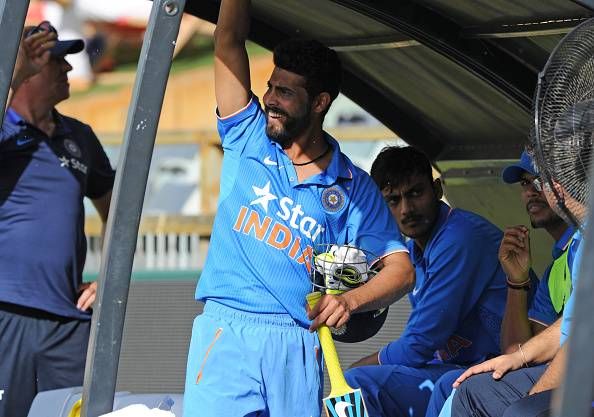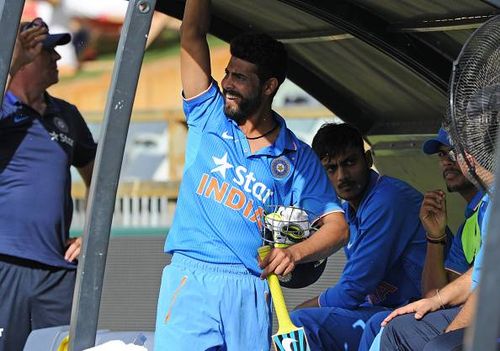
How the concept the of a Pinch Hitter can work with the new ODI rules

The game of ODI Cricket has evolved big time. The most number of experiments and rule changes have been implemented in this particular format of the game from time to time. The very latest rule that came in was the changes in the powerplay overs.
Earlier with only 4 fielders outside the 30-yard circle and the 5 overs of batting powerplay, teams looked to keep their wickets till the 35th over and then launch in the final 15 overs. This is how so many scores of 300 plus were achieved in the 2015 ODI World Cup. With the big bats these days and shorter boundaries, any target was achievable in the death overs.
The concept of batting and bowling powerplays now has been scrapped. There are 3 phases of the game. In the first 10 overs, only 2 fielders are allowed outside the circle. From 11-40 overs, 4 remain outside and for the last 10 overs, now 5 can be sent outside. This new rule has been in the game for a couple of months now.
With the extra fielder permitted outside in the last 10 overs, it is not that easy to score boundaries as was the case earlier. With this, the second phase of the game becomes crucial. From overs 11-40, it becomes important to score at a quicker pace than usual. This is where the long lost concept of a pinch hitter can be brought back into the game.
Chance of a wonder, risk nothing
India’s losses against Australia in the first two ODIs put up a perfect example of why the middle phase of the game is the most crucial now. In the last few overs, it becomes difficult for a new batsman to come in and start hitting right from the first ball.
The two new balls from either end make it difficult to score quickly at the start. If at around 10-12 overs, one of the openers falls and if the run rate is considerably low, instead of sending a proper batsman, a pinch hitter can be promoted up the order. His job would be to look to score as fast as possible and not occupy the crease. If he bats for 20 odd balls and score 40 runs, it would give momentum for the rest of the innings and the proper batsmen can take it from there.
Considering India’s example, someone like Ravindra Jadeja is not doing so well down the order. That’s mainly because he doesn’t get enough balls to face and has to swing his bat at almost everything. He is neither a finisher nor a middle order batsman. He can hit the long ball though and that is how he can be a useful as a pinch hitter. When the ball becomes slightly older, rather than sending a Kohli or a Rahane, he could be sent to just up the ante.
If he is successful in hitting a few boundaries, run rate gets up and eases the pressure from the batsman at the other end. If he fails, it won’t make too much of a difference. Then the proper batsmen can follow and build the innings as designated. It is worth taking a risk, if it works, it can do wonders and if not, no considerable damage is done.
With the amount of T20s being played these days, many batsmen from the lower end can become effective pinch hitters. They will never get the opportunity to bat in the middle order and score a century. Instead, they can use their hitting abilities to a great effect. It will also make the 50 over Cricket more interesting to watch. Where it somehow loses charm in the middle overs where batsmen look to construct the innings by concentrating on singles and doubles, a pinch hitter can bring more thrill and bring more people to the game.